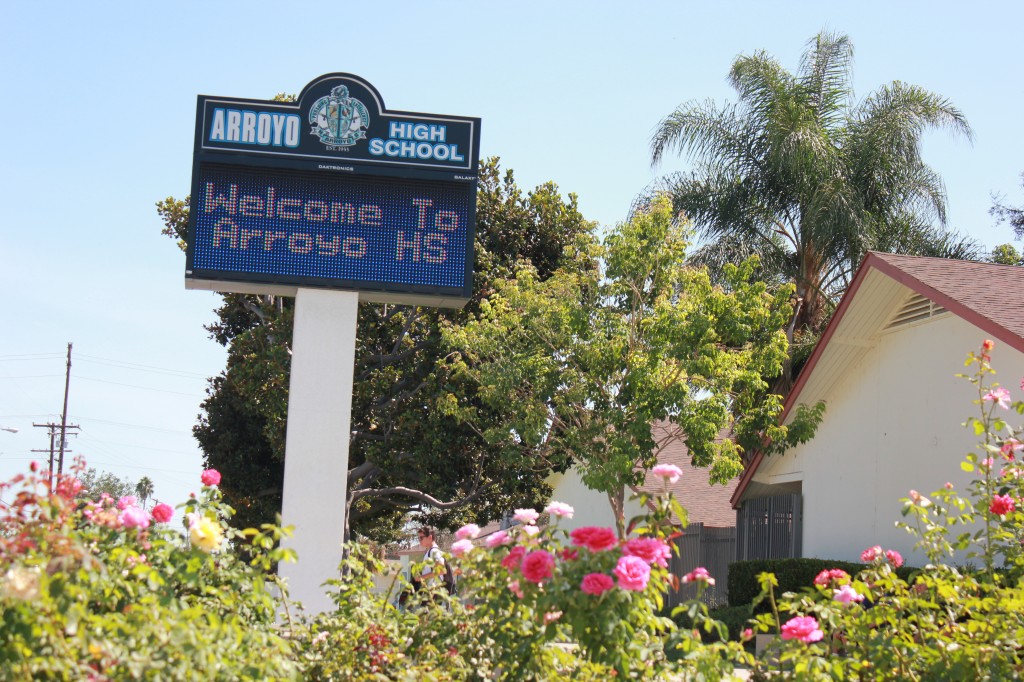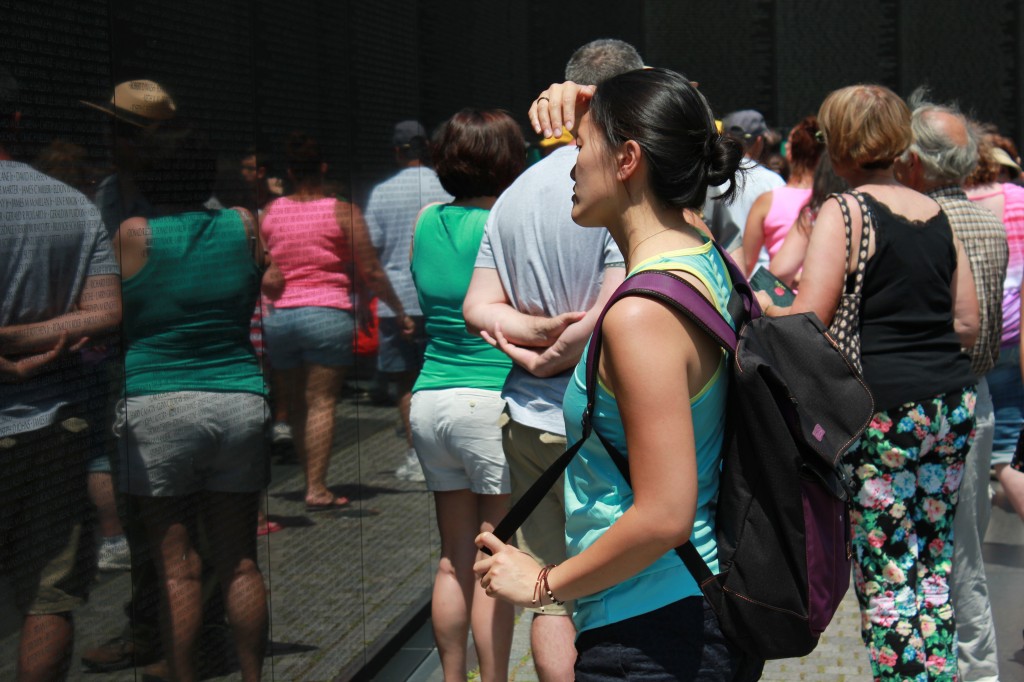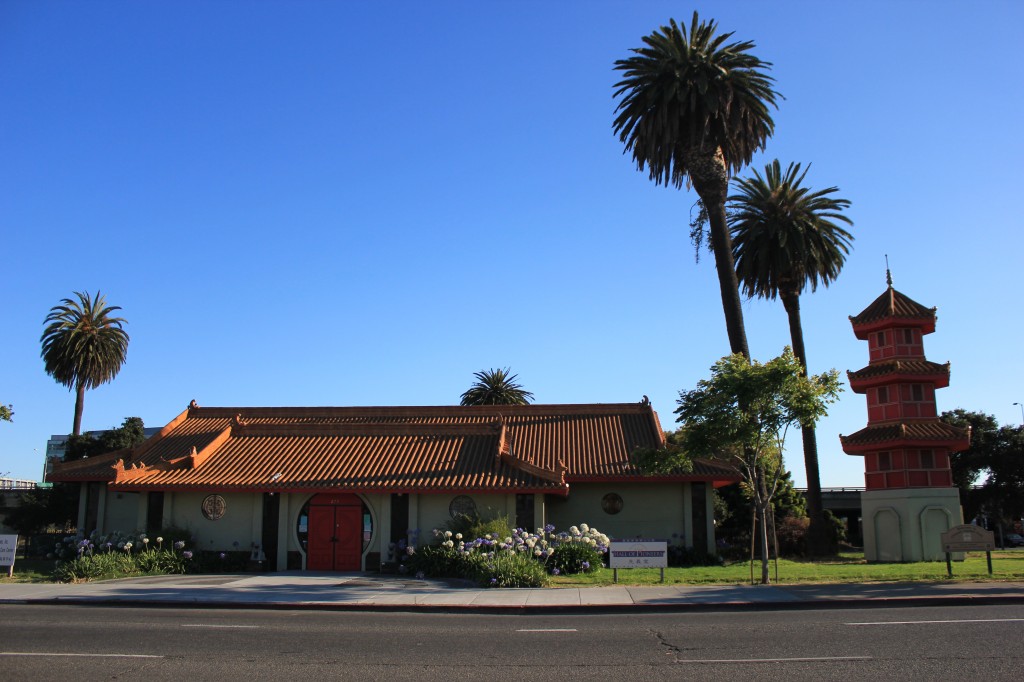Having just arrived back from Dallas, Texas, I found that this was the perfect time to reflect on my summer research project. I spent my last weekend at UNAVSA (http://conference.unavsa.org/) meeting lots of interesting students from all over North America from Vietnamese and also other diverse backgrounds.
Of course, I had many opportunities to connect with all these folks, but interviewing someone about their personal history is very different from networking. In order to prepare myself, I did a great deal of preliminary research before I started the interview process when I was back in New York. I looked into the history of the Vietnam War, the refugee experience, and more importantly, how to conduct oral history interviews. However, as I have learned in my journey so far, no amount of hypothetical situations and tips could possibly prepare me for the swerves and unexpected turns that come with engaging in conversations about identity, place, and the past. I always had my list of questions ready just in case, but I found that as I went along on particular interviews, I didn’t quite need them anymore.


In the very beginning of my project, I was nervous about whether or not I would ask strong enough questions to elicit the consequential conclusions I was looking for. As I went on and talked to different narrators of diverse backgrounds and ages, I noticed very quickly that it wasn’t so much about the questions as it was listening to the answers. Conversations always jump here and there. Not having so much structure is key to not only having a great and fascinating interview but also developing a relationship with trust and confidentiality that will last beyond the initial interview. Seven interviews and three places later, I heard perspectives of the Chinese Vietnamese experience that I never would have known or quite understood in the same way as before.

The best thing about all of this though—traveling to a different coast, meeting all these new people, and hearing all of their stories—has pushed me out of my comfort zone. Honestly, I am not talkative nor a good conversationalist, but somehow, I have spent over six hours just talking and listening to narratives and histories. Even though I come from a similar ancestral background and history as the folks I interview, our experiences as Chinese Vietnamese in America cannot be more different. I am looking forward to where this project will take me.

This project really interests me, because it kind of feels as though your approach is the same direction I think I’ll find myself going in with my project after I finish my initial research on Millennials. This summer I feel like I’m doing mostly quantitative research about my subject, but your more qualitative approach seems like it would help bring together some of the nuances of what I’m studying. I was wondering, when you interview these individuals do you feel like there are any themes that seem constant through all their experiences? Also, I thought that the choice of venues for the interviews was fascinating. Did you find the places that inspired their self-identification brought up positive memories for them? or were the memories more mixed in emotion? I look forward to seeing you make more progress on this project!